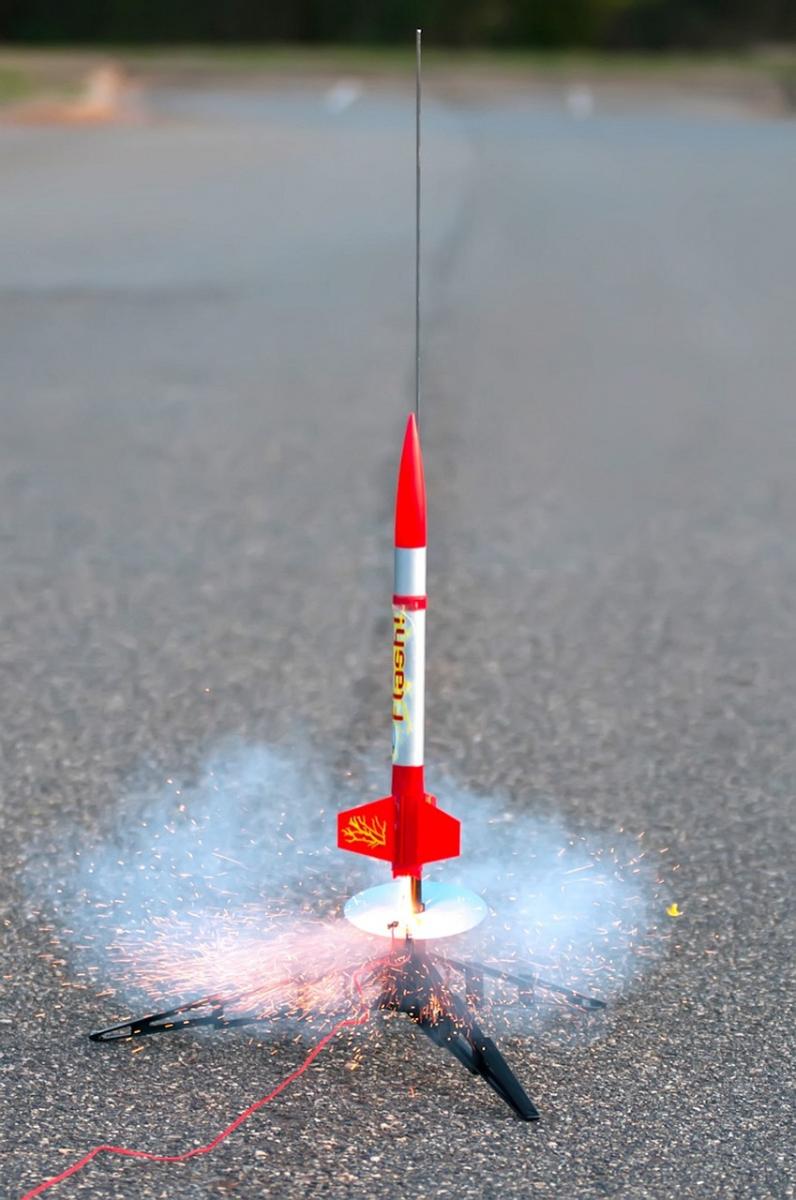If you're into model rocketry, you know how important a good recovery system is. After a thrilling launch, you want your rocket to return safely to Earth. Here are some of the best recovery systems that can help ensure your rocket comes back in one piece.
Parachutes: These are probably the most common recovery system. Parachutes come in various sizes and designs, allowing you to choose one that fits your rocket’s weight and size. They slow your rocket's descent and are usually made from lightweight nylon. Look for ones that are easy to pack and deploy. Some popular options include:
Streamers: If you're launching smaller rockets or want a different recovery method, streamers can be a great choice. They’re lightweight, inexpensive, and easy to make from materials like plastic or fabric. Streamers work by creating drag as they fall, slowing the descent but not bringing the rocket down as gently as a parachute would.
Airbags: For the adventurous, some hobbyists use airbags for recovery. They’re more common in larger rockets or those intended for rough landings. Airbags can absorb impact and are great for protecting sensitive electronics. Just make sure they’re properly sized for your rocket to ensure efficient deployment and landing.
Choosing the right recovery system can make all the difference in your model rocketry experience. Think about your rocket's size, weight, and typical landing conditions to find the perfect fit. Happy launching!
Choose the Right Recovery Method
When it comes to model rockets, choosing the right recovery method is super important for ensuring your rocket comes back safely to the ground after its flight. You want to enjoy watching it launch, but you also want to see it land in one piece, right? Here’s a quick rundown of some popular recovery options to help you decide what suits your rocket best.
Parachutes
Streamers
Egg Drops
Setup Tips for Successful Launches
When it comes to launching your model rocket, a good recovery system makes all the difference. Here are some simple setup tips to help you get it right for a successful flight.
First things first, make sure your recovery system is properly packed. If you’re using a parachute, fold it neatly to avoid tangles. Consider rolling it up rather than stuffing it in. This creates a more reliable deployment and ensures it can unfurl in the air without any issues.
Check your weight-to-thrust ratio. Finding the right balance is key to a successful recovery. If your rocket is too heavy, it may descend too quickly, risking damage to both your rocket and recovery system. A lighter rocket will generally have a safer descent and allow your parachute to work its magic.
With these tips, you’re well on your way to launching with confidence. A well-set recovery system means you can focus on enjoying the flight and celebrating your successful launch!
Troubleshooting Common Recovery Issues
Model rockets are a blast to launch, but sometimes the recovery system doesn’t go as planned. Here are some common issues and how to troubleshoot them!
1. Rocket Doesn’t Deploy
If your recovery system isn’t deploying, the first thing to check is the igniter. Make sure it’s connected properly and that there’s enough power to ignite it. If you’re using an electronic deployment method, ensure the battery is charged. Double-check the wiring for any loose connections too.
2. Tangle Trouble
A tangled recovery parachute can spoil the fun. Before each flight, make sure to fold the chute properly and pack it neatly. Consider using a deployment bag that can help prevent tangles during the ejection. If it does get tangled on launch, don’t panic—sometimes a little shake or pull can get it free.
3. Rocket Lands Too Hard
If your rocket is hitting the ground too hard, it might be time to reassess your recovery system. Check the size of your parachute. A larger chute will slow it down more effectively. Also, think about adding a shock cord to absorb some of the impact. The right shock cord can help cushion the fall and keep your rocket safe.
4. Drift Issues
If your rocket is drifting too far during descent, the shape and weight of the rocket come into play. Make sure your rocket is properly balanced and consider using a slightly heavier recovery device if needed. Sometimes, adjusting the angle of your chute can help it descend more straight instead of drifting off.



